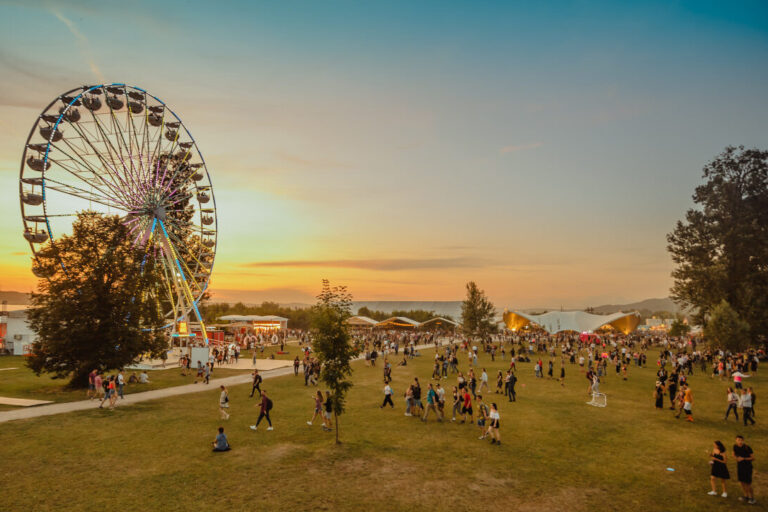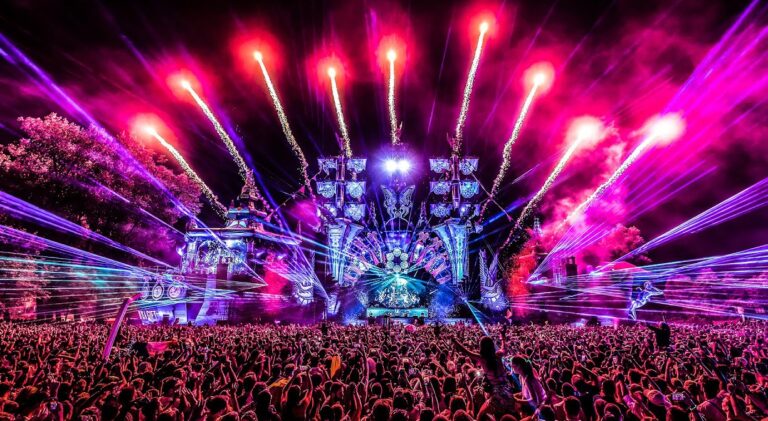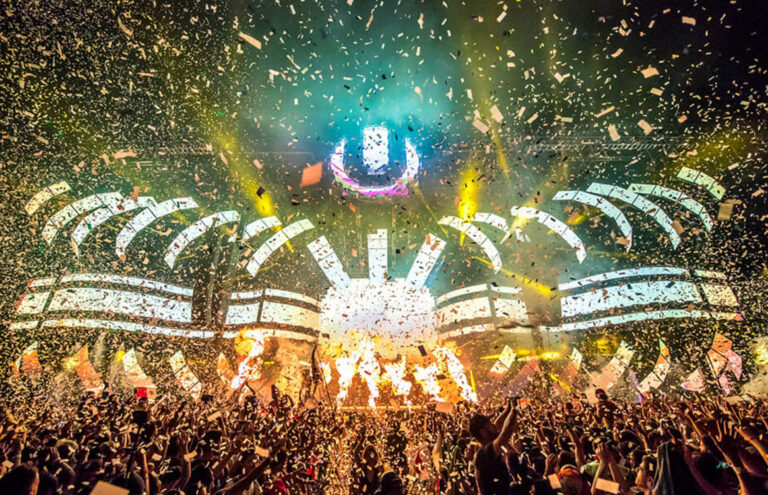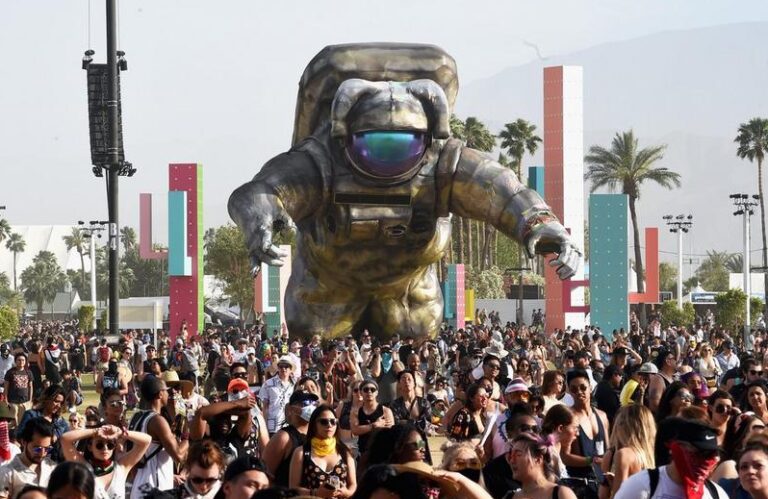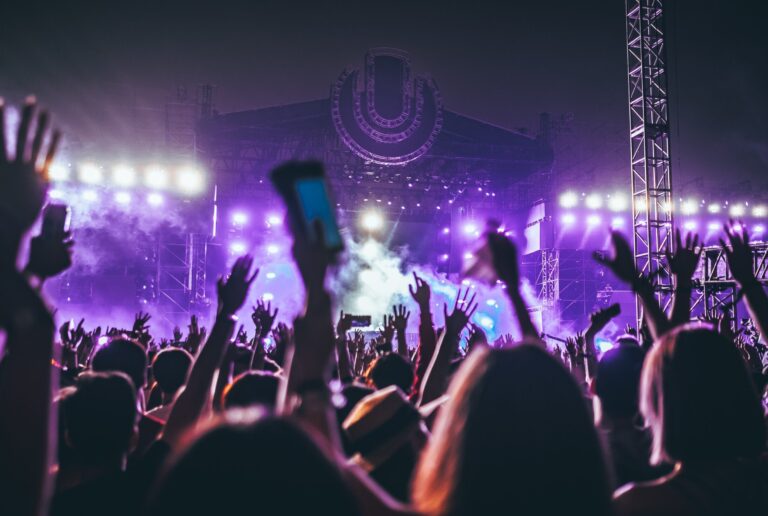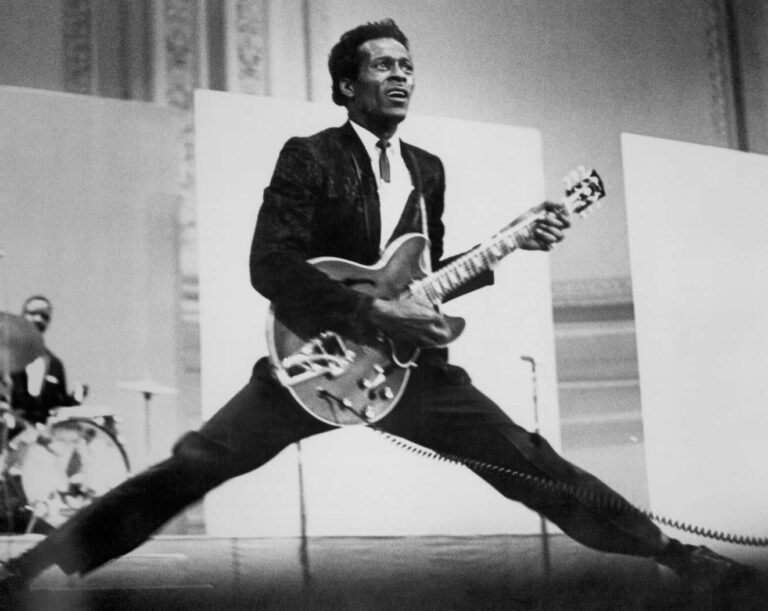Tomorrowland: Exploring the history, scale, and immersive experience of this iconic Belgian electronic dance music festival
Tomorrowland is a world-renowned electronic dance music festival held annually at De Schorre provincial recreational park in Boom, Flanders, Belgium. Founded in 2005 by brothers Michiel and Manu Beers, the festival has grown to become one of the largest and most popular EDM festivals in the world. Tomorrowland’s early years were marked by its humble beginnings and local appeal. However, it quickly gained popularity, attracting attendees from all over the world. The festival’s founders aimed to create an immersive experience that would transport attendees to a different world, and they succeeded in doing so.
Over the years, Tomorrowland has expanded and grown in scale. The festival has become known for its elaborate stage productions, pyrotechnics, and immersive experiences. The festival’s organizers have also expanded the festival to other countries, including Brazil and the United States. Tomorrowland’s partnership with ID&T and SFX Entertainment has further contributed to the festival’s expansion and growth. The festival’s reputation has only continued to grow, and it has become a staple in the electronic dance music scene.
Tomorrowland’s reputation and recognition in the electronic dance music industry are unparalleled. The festival has attracted some of the biggest names in EDM, including David Guetta, Armin van Buuren, and Tiësto, among others. The festival’s immersive experience and elaborate stage productions have set it apart from other music festivals, making it a must-attend event for EDM fans worldwide. Tomorrowland’s success has also paved the way for other large-scale EDM festivals, making it a trailblazer in the industry.
The scale and logistics of Tomorrowland
Tomorrowland is a large-scale annual electronic dance music festival held at De Schorre provincial recreational park in Boom, Flanders, Belgium. The festival has become a staple in the electronic dance music scene and has evolved over its thirteen-year history into one of the world’s biggest and most globally acclaimed music festivals.

Tomorrowland’s scale and logistics are impressive, with the festival accommodating over 400,000 attendees from all over the world. The festival’s popularity is evident in the fact that tickets for the event sell out within minutes of going on sale.
The festival’s production design and stage setups are elaborate and visually stunning, with pyrotechnics and special effects adding to the immersive experience. Tomorrowland’s stages are designed to transport attendees to different worlds, with each stage having its own unique theme and atmosphere. The festival has also introduced its own currency, which can be used to purchase food, drinks, and merchandise, adding to the immersive experience.
Accommodation and facilities for attendees are also well-organized, with several options available, including camping, hotels, and apartments. The festival provides shuttle buses to transport attendees to and from the festival site, and there are also several food and drink options available on-site. Tomorrowland’s immersive experience, production design, and scale make it one of the world’s most sought-after music festivals, attracting music lovers from all over the world. The festival is not just about music, but also about creating a unique and unforgettable experience for attendees.
The immersive experience of Tomorrowland
One of the defining features of Tomorrowland is its immersive experience, which is created through a range of artistic and creative elements. The festival is known for its elaborate stage designs that transport attendees to fantastical worlds, complete with pyrotechnics, lasers, and other special effects. These stages are designed to enhance the music and create an unforgettable sensory experience for festival-goers. Additionally, Tomorrowland features a variety of art installations and performances that further contribute to the festival’s immersive atmosphere. The combination of these creative elements creates a truly unique and unforgettable experience for attendees.
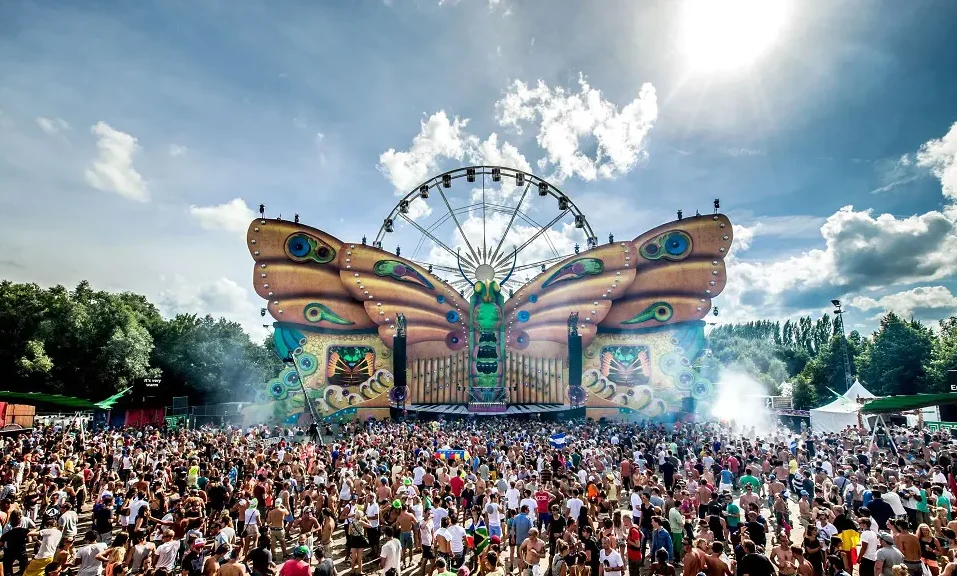
Tomorrowland also offers a range of interactive installations and activities that encourage attendees to engage with their surroundings and each other. These activities include carnival rides, interactive games, and food vendors serving cuisine from around the world. The festival also features a range of workshops and talks on topics such as sustainability and personal growth, allowing attendees to engage with ideas beyond the music. These interactive elements foster a sense of community and connection among attendees, contributing to the festival’s overall atmosphere of inclusivity and acceptance.
Tomorrowland is also known for its celebration of cultural diversity, with attendees from over 200 countries coming together to share their love of electronic dance music. The festival’s commitment to diversity and inclusion is reflected in its lineup, which features a range of artists from different backgrounds and genres. Additionally, the festival has implemented initiatives to reduce its environmental impact and promote sustainability, such as using renewable energy sources and encouraging attendees to bring reusable water bottles. The combination of these elements creates a festival experience that is not only entertaining but also socially and environmentally conscious.
Conclusion: The Future of Tomorrowland and its impact on the electronic dance music industry
Tomorrowland has come a long way since its inception in 2005. The festival has grown to become one of the largest and most globally acclaimed electronic dance music festivals in the world. From a small local event to an international spectacle, Tomorrowland has evolved over its thirteen-year history. The festival takes place annually in Boom, Belgium, and hosts some of the biggest names in the electronic dance music scene. The festival is known for its immersive experience, with elaborate stage productions, stunning visuals, and a unique atmosphere that sets it apart from other festivals. With close to 200,000 festival-goers from all over the world, Tomorrowland has become a must-attend event for electronic dance music fans.
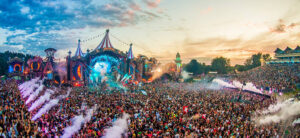
Tomorrowland has had a significant impact on the global electronic dance music scene. The festival has helped to showcase and promote new and emerging talent, as well as established artists. The festival’s influence has also led to the creation of other electronic dance music festivals around the world, as well as the growth of the electronic dance music industry as a whole. Tomorrowland has become a cultural phenomenon, bringing people together from all over the world to celebrate music and dance.
Looking to the future, Tomorrowland has big plans and prospects. The festival has revealed its 2023 theme, “Adscendo,” which organizers say “will take its creative storytelling to new heights”. Despite the challenges posed by the COVID-19 pandemic, Tomorrowland has continued to innovate and adapt. The festival’s first-ever digital edition in 2020 was a huge success, and the festival has since brought back the spectacular two-day digital music festival experience. Although the festival has faced significant financial losses, Tomorrowland co-founder Michiel Beers remains optimistic about the festival’s future, stating that a third weekend and discounted artists fees are not enough to overcome two years of losses. With its continued success and influence on the electronic dance music industry, Tomorrowland is sure to remain a beloved and iconic festival for years to come.
